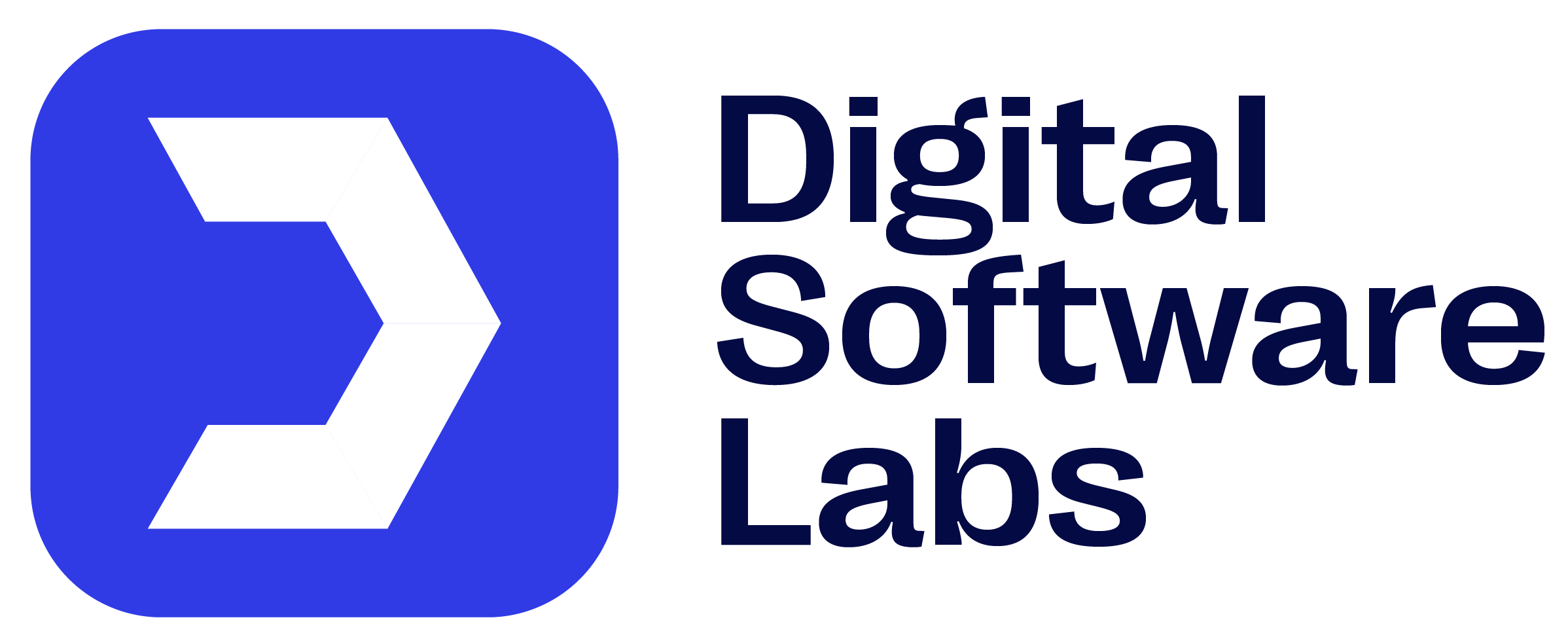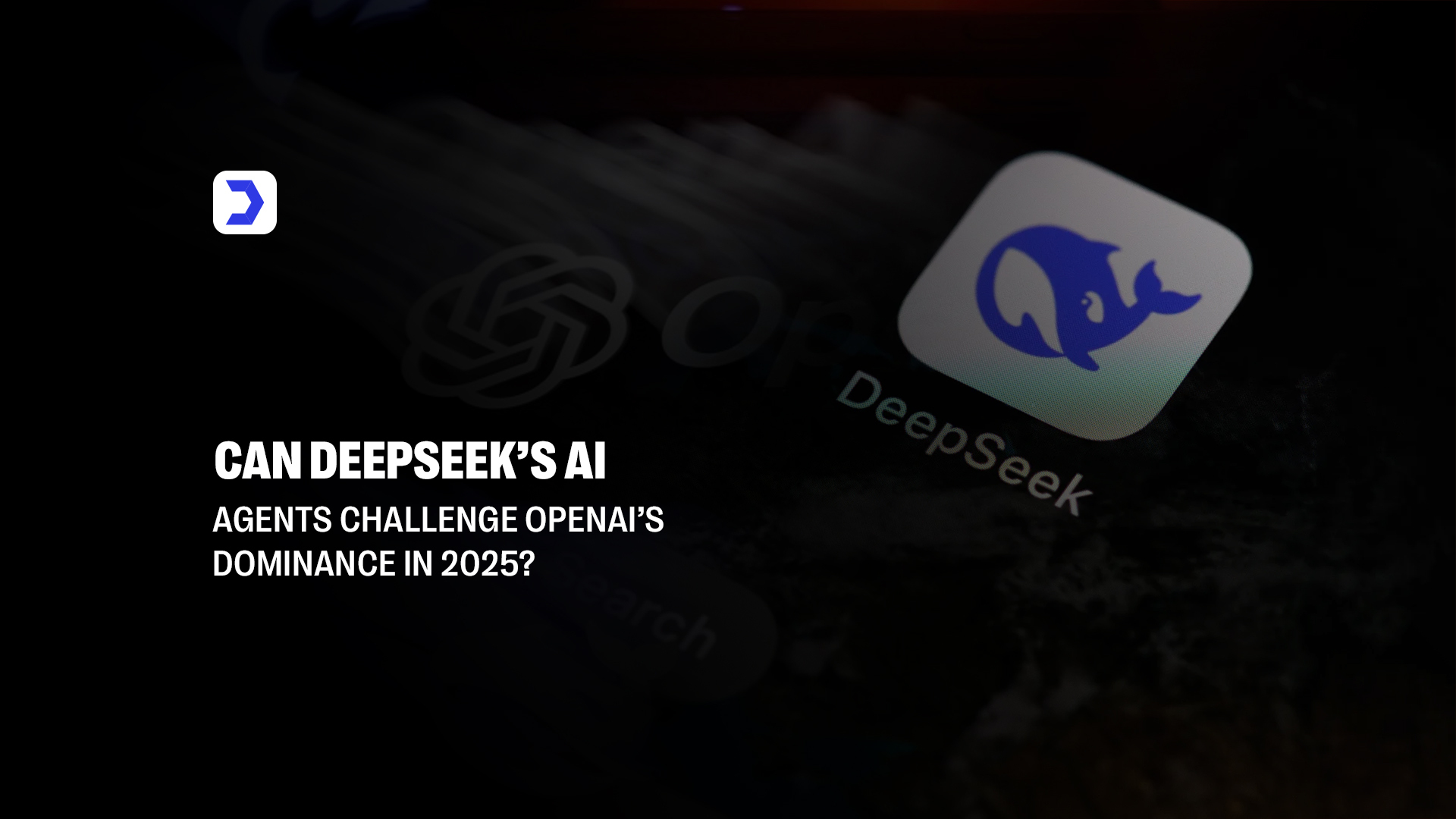Summary
- ChatGPT is approaching 700 million weekly active users, driven by both casual engagement and enterprise-scale adoption.
- The growing popularity of Chat GPT+ has contributed to higher user retention, offering premium features and faster model access.
- Recent updates to the OpenAI ChatGPT interface have introduced multi-function agents that enable users to perform coding, file analysis, and web tasks in a single chat.
- According to OpenAI’s data, daily usage has surpassed 2.5 billion prompts, showing a deepening reliance on conversational AI across industries.
- Infrastructure and functionality improvements continue to attract institutional investment, while partnerships, like with Microsoft, support large-scale deployments.
- Tools surrounding the ecosystem, like GPT detection and task-specific models, show how ChatGPT news continues to influence the broader AI landscape.
- With rapid development and expanding capabilities, OpenAI Twitter updates suggest ChatGPT is evolving from a chatbot into a full digital productivity layer.
OpenAI’s ChatGPT is now on the verge of reaching 700 million weekly active users, a number that captures the massive global shift toward AI-assisted work and communication. From casual users crafting personal emails to developers using it for code generation, ChatGPT’s reach has expanded far beyond its early experimental phase. What was once a curiosity has become a cornerstone in productivity workflows, education, content creation, and enterprise operations.
The rising popularity of Chat GPT isn’t just driven by general user interest but also by OpenAI’s steady push to deepen the tool’s functionality. One of the most impactful developments in recent months has been the integration of a Codex agent within the ChatGPT interface. With this addition, users can not only receive programming advice but also write and execute code directly in conversation. This shift has been especially valuable for developers seeking a conversational coding assistant that operates in real time and understands context. Recent updates have shown how seamlessly users now switch between natural language and structured tasks within a single chat, reinforcing the idea that ChatGPT is evolving into more than just a chatbot; it’s becoming a full-stack digital assistant.
This evolution reflects a broader trend in OpenAI’s product design: building multi-purpose agents that serve both technical and creative roles without requiring separate tools. The inclusion of functional coding capabilities is one of many factors pushing user numbers higher and transforming ChatGPT into a central piece of modern digital infrastructure. As OpenAI continues to refine the experience, the platform is not only maintaining engagement but is rapidly becoming essential across professions.
Surging Growth and Enterprise Adoption
The explosive rise of ChatGPT continues to reshape how individuals and organizations interact with artificial intelligence. With nearly 700 million weekly users and counting, the model’s rapid adoption signals more than just a passing trend; it marks a fundamental shift in digital behavior. From freelancers to Fortune 500 companies, the demand for AI-powered solutions is driving ChatGPT deeper into everyday workflows, where it’s being used to generate reports, automate support queries, synthesize research, and manage technical documentation.
What makes this growth particularly significant is the accelerating rate of engagement. Earlier this year, OpenAI’s ChatGPT surpassed a staggering 2.5 billion daily prompts, a milestone that reflects the model’s growing role as a real-time thinking partner across industries. This usage surge was not confined to casual prompts or one-off tasks; instead, it represented meaningful, multi-turn conversations that helped users plan projects, code applications, and develop content in minutes rather than hours. The data revealed how ChatGPT is becoming central to both technical and creative ecosystems.
What once began as an AI chatbot for drafting emails or rewriting sentences has now grown into an adaptable enterprise tool. Companies are embedding ChatGPT into their CRMs, customer service channels, and even software development pipelines. The enterprise embrace of Chat GPT+, which offers faster performance and access to premium models, reflects how organizations are moving beyond pilot experiments and into full-scale deployment. Whether it’s financial modeling, code review, product documentation, or employee training, ChatGPT is now deeply integrated into internal knowledge work, often replacing or augmenting traditional tools.
This enterprise shift is not just about scale; it’s about transformation. As companies navigate digital transformation initiatives, ChatGPT is providing a flexible interface to AI, one that adapts to the task and the user rather than requiring new systems or workflows. With each update, OpenAI reinforces its position not only as a leader in language models but as a foundational service in the future of digital work.
Strategic Investors Join the Race
With ChatGPT nearing 700 million weekly active users, momentum around OpenAI isn’t just user-driven; it’s also heavily influenced by rising investor confidence. This confidence stems from the rapid evolution of ChatGPT from a conversational assistant to a deeply functional, multi-agent platform. Strategic investors and enterprise partners now view the tool as more than a text-based helper; it’s transforming into a core productivity system capable of streamlining everyday operations across sectors.
One of the most significant steps in that evolution has been the introduction of multi-function agents inside the ChatGPT interface. These agents enable tasks such as live coding, file reading, and real-time web access, all within a single chat window. This modular capability fundamentally changes how users interact with the model. Instead of switching between different apps or APIs, individuals and teams can now complete full workflows inside a single ChatGPT session. These agents reduce friction, save time, and support a broader range of use cases, especially in technical environments where precision and speed are critical.
The development of these features came at a pivotal time, especially as OpenAI looks to establish ChatGPT not just as a general-purpose chatbot but as a platform designed to serve multiple industries. The addition of these tools aligns closely with increasing expectations from enterprise users who demand flexible, integrated AI that adapts to fast-changing digital workflows. This functionality and its implications in OpenAI roll out a multi-function agent inside ChatGPT, where it becomes clear that ChatGPT is moving toward a more application-like experience, bridging the space between chat and execution.
As these advanced capabilities gain traction, institutional investors are responding with strong support, recognizing the system’s potential to function as infrastructure rather than just a standalone product. This shift in perception, viewing ChatGPT as a foundational layer for AI-driven enterprise architecture, is a key reason why OpenAI is attracting long-term funding, attention, and integration opportunities from across the tech landscape. As the platform grows more capable, it continues to redefine the expectations of what a digital assistant can be, both for casual users and for mission-critical business use cases.




